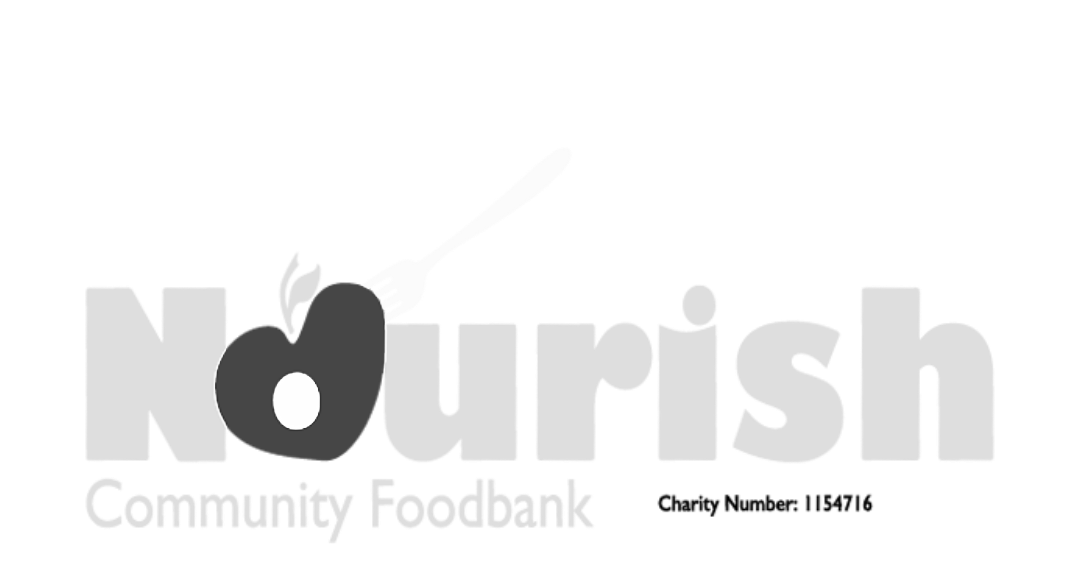What is HMRC’s Payment on Account System for Self-Assessment and how does it affect me?
With many tax payers facing yet another payment to the HMRC on the 31st July let’s answer some frequently asked questions about the Payments on Account System.
When was this system first introduced?
The Payments on Account system was introduced in the 1996–97 tax year, as part of the Self-Assessment overhaul. Before then, HMRC had a fragmented and less predictable system for collecting income tax from self-employed individuals and others outside the PAYE system. It was introduced to ensure that taxpayers pay tax closer to when they earn their income, rather than facing a large lump sum payment long after the end of the tax year.
Why did HMRC introduce Payments on Account?
There are three key reasons why HMRC introduced this system:
- Cash flow for HMRC: This undoubtably is a driving reason for Payments on Account as it spreads the inflow of tax revenue more evenly throughout the year rather than relying on one big payment annually after a tax demand was sent to the tax payer.
- Encourages prompt payment: Tax is collected in advance (based on the prior year’s bill), reducing the risk of default or late payments.
- Helps tax-payers budget: Although first going into the Payment on Account system is painful as your tax bill, and half of it again, need to be paid on 31st January. Once in though, it does avoid the shock of a large single tax bill by splitting the liability into two smaller payments.
So how does the Payments on Account system work?
Who Needs to Make Payments on Account?
You’ll need to make payments on account if your tax bill is more than £1,000 and less than 80% of your tax is collected at source (e.g., via PAYE).
When Are Payments on Account Due?
There are two payments each year:
- 31 January – First payment on account for the current tax year
- 31 July – Second payment on account for the current tax year
Each is
50% of your previous year’s tax bill (excluding Class 2 NICs and student loan repayments).
Example:
Let’s say your tax bill for the 2023/24 tax year is £6,000.
- On 31 January 2025:
- You pay the £6,000 balance for 2023/24
- Plus a £3,000 payment on account for 2024/25 (50% of £6,000)
- On 31 July 2025:
- You pay another £3,000 as the second payment on account for 2024/25
So by July 2025, you've prepaid £6,000 towards your 2024/25 tax bill.
What Happens When You File Your Next Tax Return?
When you submit your 2024/25 return:
- If the actual tax bill is £7,000, you’ve already paid £6,000, so you owe £1,000 by 31 January 2026.
- If it’s only £5,000, you’ve overpaid and can get a £1,000 refund or offset it against future payments.
- If the bill is £7,000 your tax payment will be:
- on 31st January 26 £1,000 balance on the 2024/25 return bill AND half of the £7,000 (£3 500) balancing payment so £4,500 in total.
- £3,500 balancing payment on the 31st July 26.
Can You Reduce Payments on Account?
Yes you can.
If you expect your income to fall, you can apply to reduce them through your HMRC online account or on the paper form SA303. But if you reduce them too much, HMRC may charge interest on the underpaid amount.
Will Making Tax Digital for Self-assessment change the Payments on Account System?
The short answer is No! The longer answer is watch this space!! Many of us professionals believe that with quarterly reporting, quarterly paying will soon follow! For more information on Making Tax Digital for Self-assessment please see our article at:
The Payment on Account
system often causes much confusion with self-assessment tax payers. At
MPower Accounting
we are used to helping our clients understand when payments need to be made and how they have been calculated. As an added service we will always send a payment reminder to clients early in July so they are not caught out. We are also delighted to work with clients who want to complete their self-assessment tax returns early to determine if they are able to reduce the July Payment on Account.
Do contact us if you’d like help with Payments on Account and anything to do with your self-assessment









